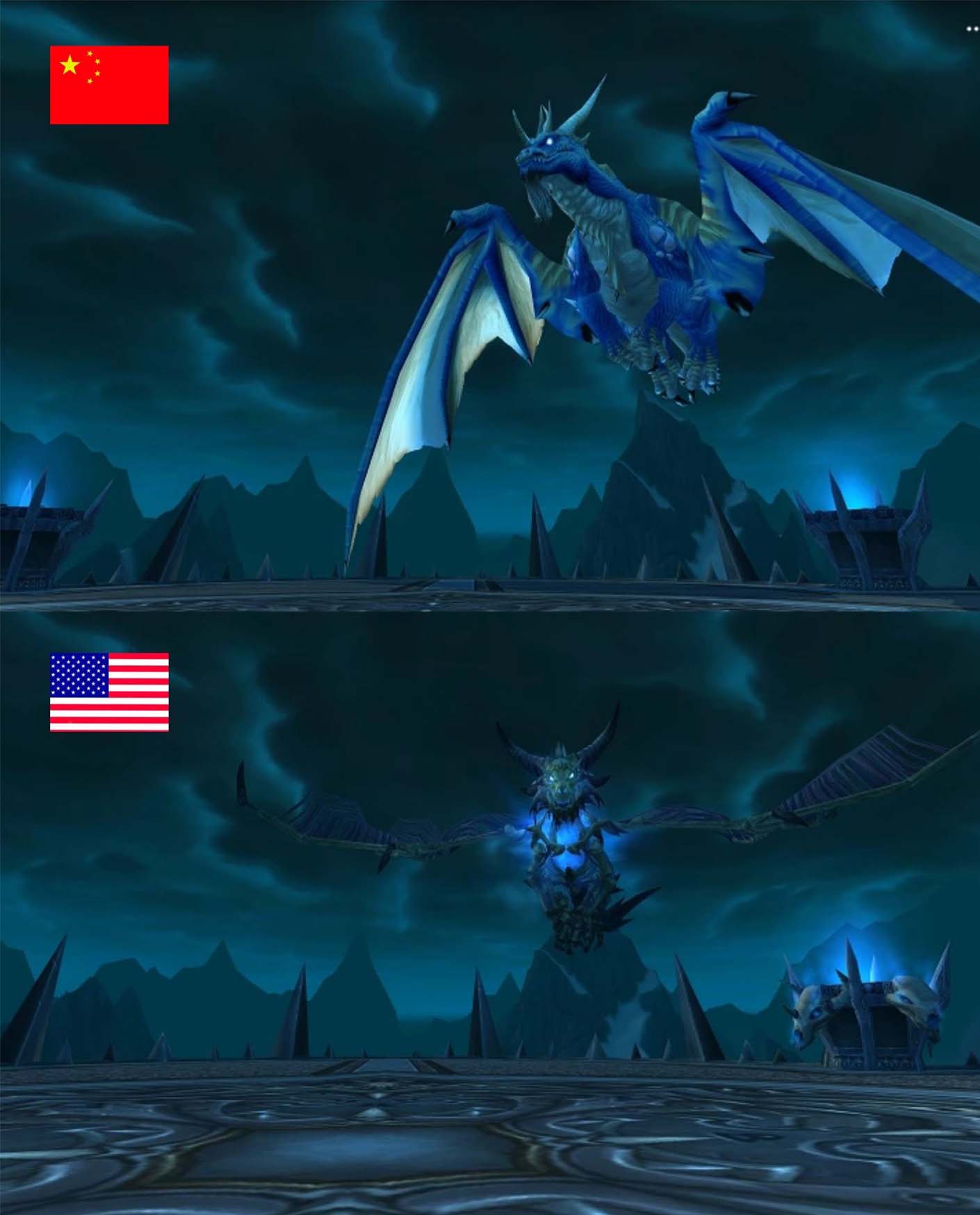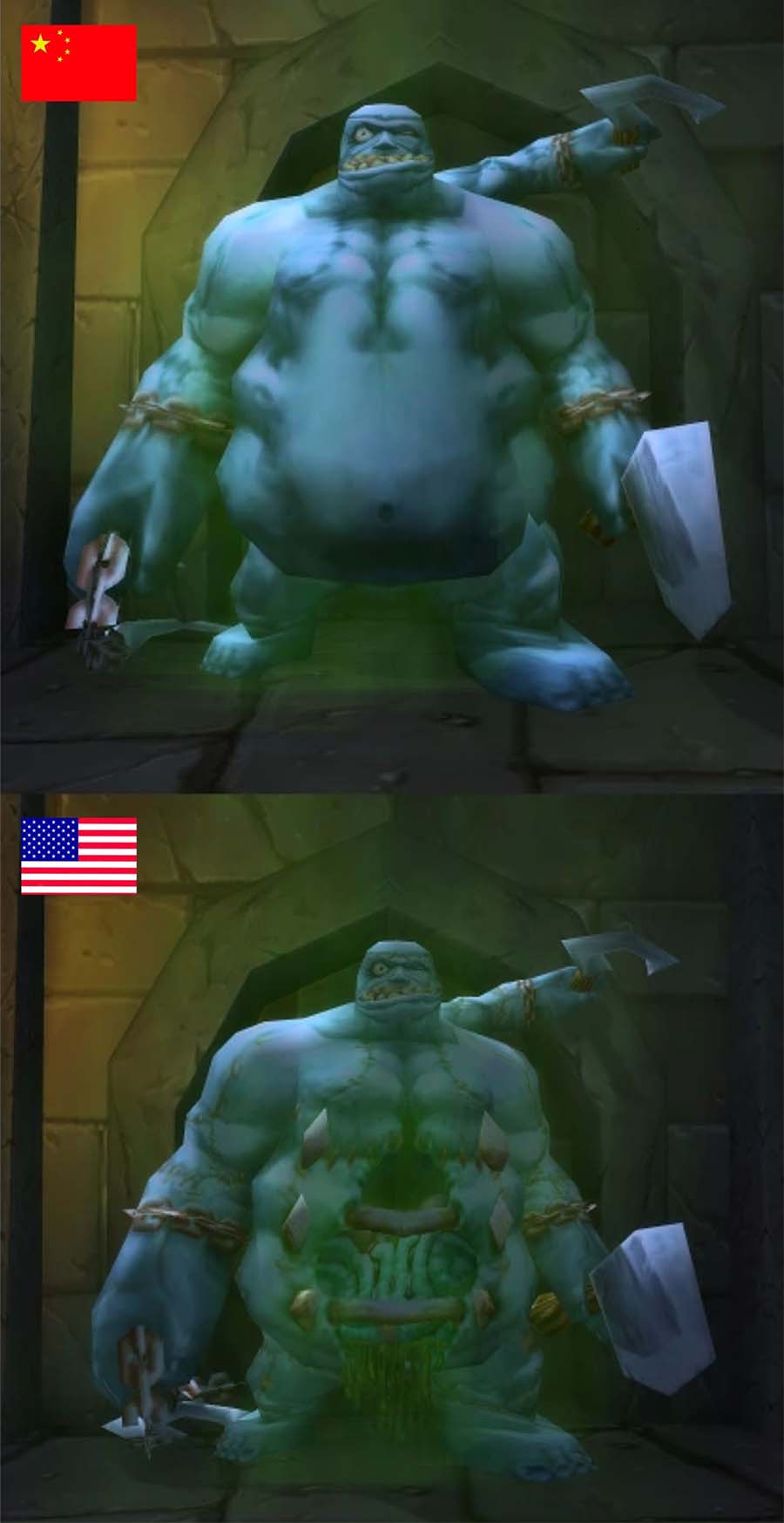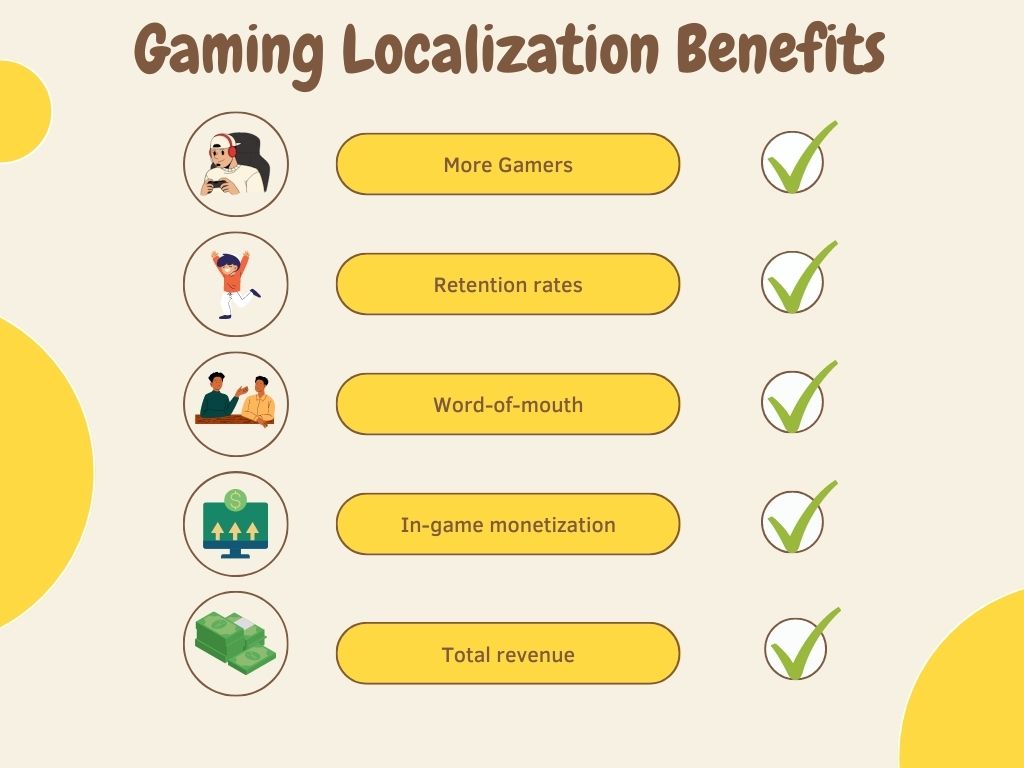The costs of video game localization
- The language pairs.
- The type of content (UI elements, in-game text, dialogues, marketing content, etc.).
- Reliance on machine translation or human translation.
- Expertise required and translation quality needs.
- The translation volume.
- The deadline required.
- Usage of glossaries, and style guides.
- Translation memories.
- If graphical elements are needed.
- Language testing requirements.
- Functional testing requirements.
- 30 target languages.
- 200,000 words per language per year.
- The price of $0.16 per word.
- An additional $10,000 supplemental charges.
You don’t enjoy reading? Watch the video below 👇 or skip ahead
Video game localization: The 2 Best Cases
Although there are many cases we could analyze, we believe Ubisoft and Activision-Blizzard are among the companies that have excelled in localization.The French Giant—Ubisoft
There is no doubt in my mind that recreating these languages on top of the 14 available translations was a costly endeavor, which begs the question, was it worth the investment? Let’s look at some cold facts.
Ubisoft’s revenue

Ubisoft’s localization ROI
Let’s contrast that with the numbers from the first section. Assaasin’s Creed Valhalla’s main quest alone included a minimum of 36,400 words. If we include all the side quests, random NPC dialogues, menus, etc., it is reasonable to expect the game to crack the 150,000-200,000 words. Considering the 14 languages they translated the game into, that’s roughly 2,800,000 words, which would cost approximately $448,000. For voiceovers, we will simply estimate them at an average of $0.25 per word, leaving us at a total cost of $400,000 for the 8 languages included. Of course, this estimate does not include graphic redesign or other localization-related expenses, and it should be taken with a grain of salt. For completeness’ sake, we will add another $152,000 under “other localization costs.” This leaves us with a total cost of $1,000,000. We can consider this the minimum price tag to localize a game of this magnitude. Assasin’s Creed Valhalla’s localization may have cost a minimum of $1 million, but it generated an astounding $1 billion in revenue. That’s a mind-boggling ROI. Granted, we understand these impressive numbers go beyond localization, but that’s where they start. Without taking the time to create such an immersive and digestible game, the game’s worldwide expansion and its ensuing success would have been lower.Activision-Blizzard
That being said, the localization strategy adopted by Activision-Blizzard involves more than mere translation; it entails adapting the game’s content, design, and marketing to resonate with each target audience. This comprehensive approach includes modifying cultural references, adjusting in-game elements, and even redesigning certain aspects of the game to comply with regional regulations and sensibilities.
Here are some great examples from the World of Warcraft: Wrath of the Lich King game. At the bottom, you can see the original game, as intended for most audiences. The vivid depictions of bones and guts are pretty standard.
At the top of the pictures, you can see the Chinese version of the game. Culturally, they have a strong distaste for these types of depictions in China.
Activision-Blizzard’s revenue

Key Takeaways
- Expanding your player base: Localizing a game allows you to tap into millions of potential players who might have otherwise been inaccessible. This expanded player base can significantly boost sales, increasing revenue and profitability.
- Higher retention rates: A game that resonates with local audiences’ cultural preferences and expectations will likely play your game more regularly and for longer. Higher retention rates go hand in hand with higher in-game purchases.
- Enhanced word-of-mouth marketing: Players are more likely to recommend a game to their friends and family when it is successfully localized. This organic word-of-mouth marketing can lead to increased sales without additional marketing investment.
- Increased in-game monetization: Although often regarded negatively by the gaming community, micro-payments and in-game monetization are significant revenue boosters for modern games. You can increase conversion rates by providing localized in-game items, currencies, and promotions.
- Total revenue: As we have already established, localization can be one of the fastest ways to grow your user base. It often does not require complex engineering or thinking of new game features. Instead, a simple adaptation can lead to massive increases in sales and, thus, revenue.








